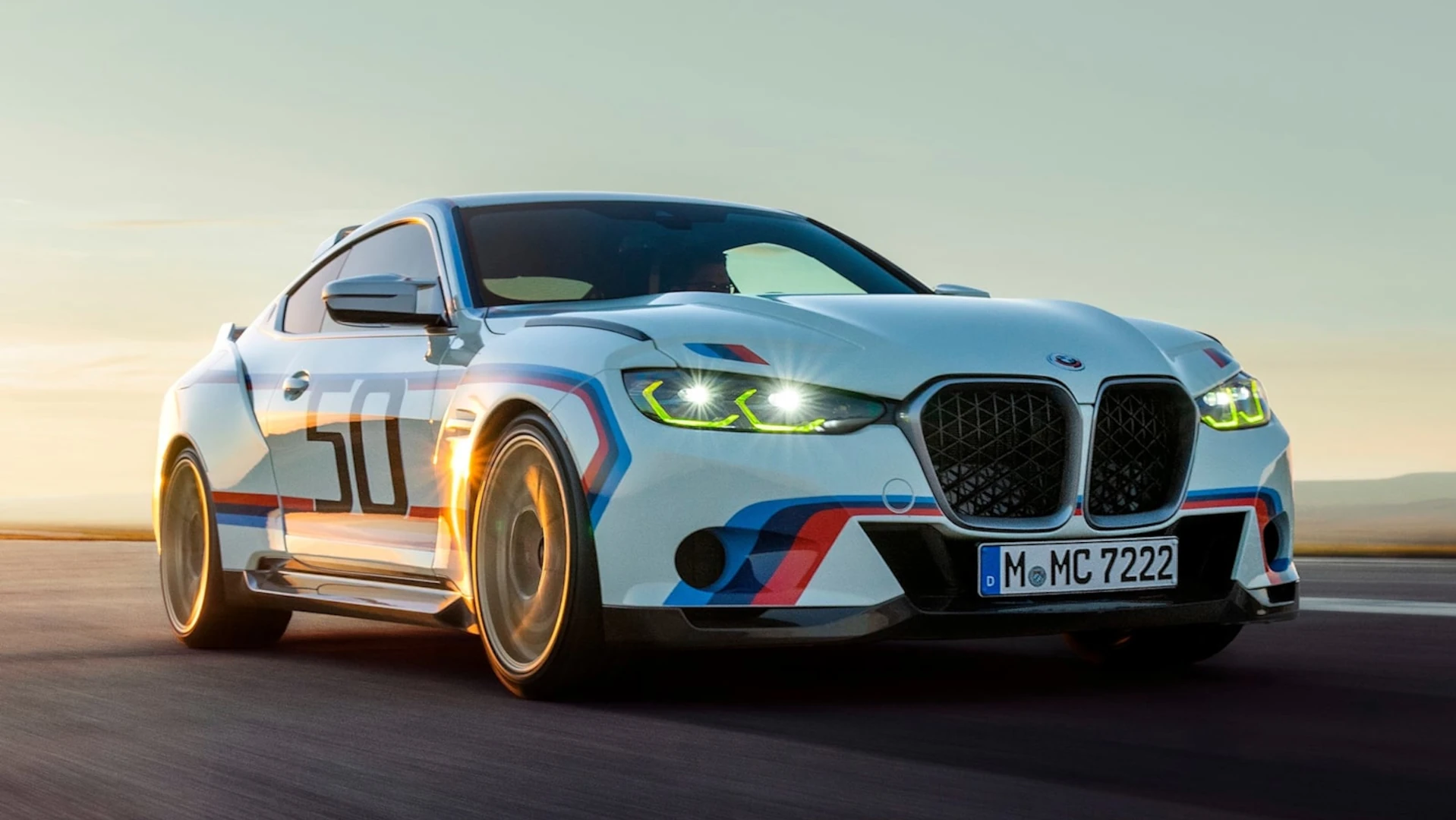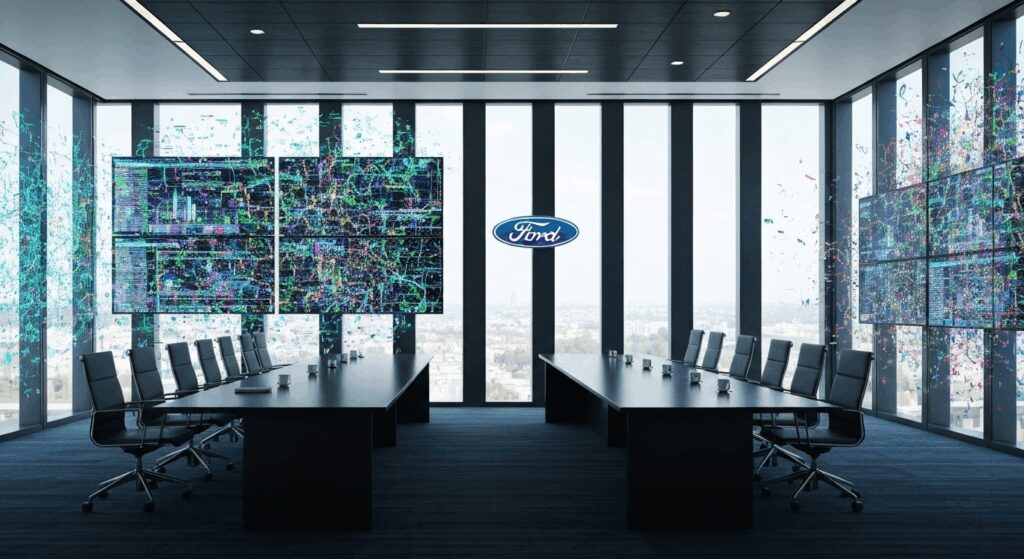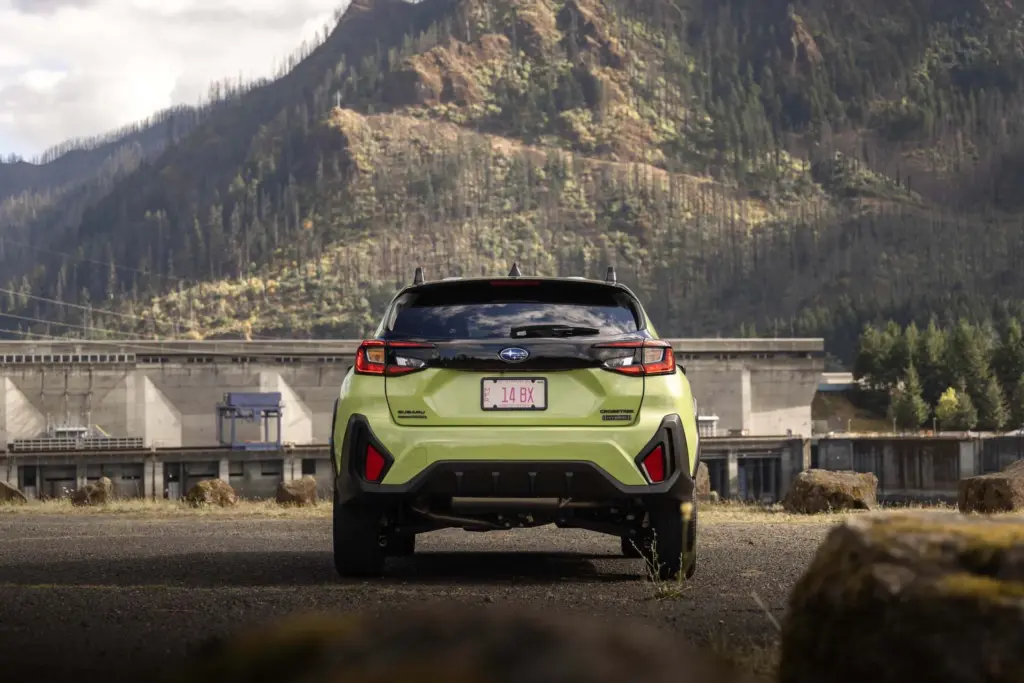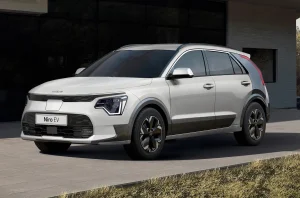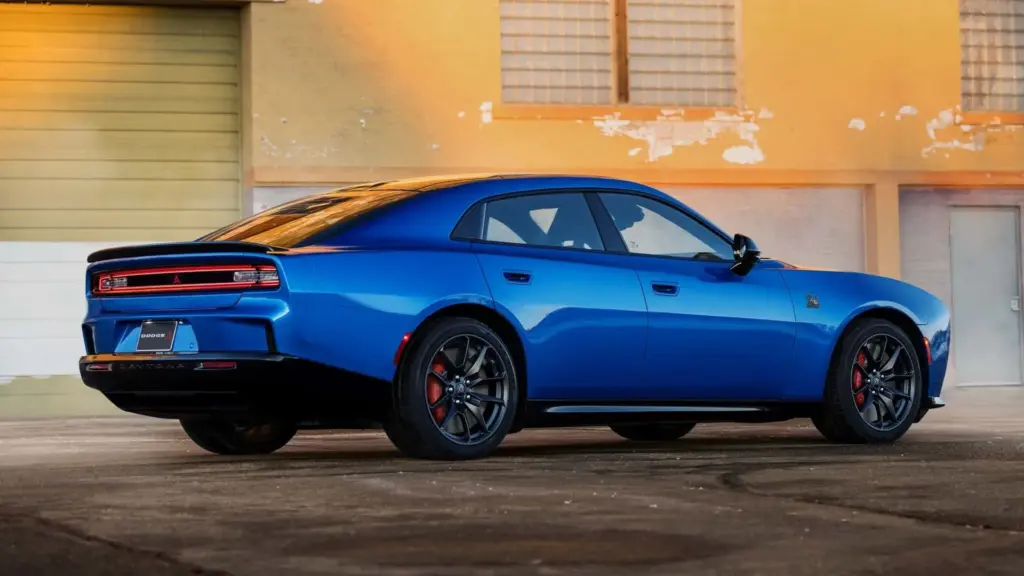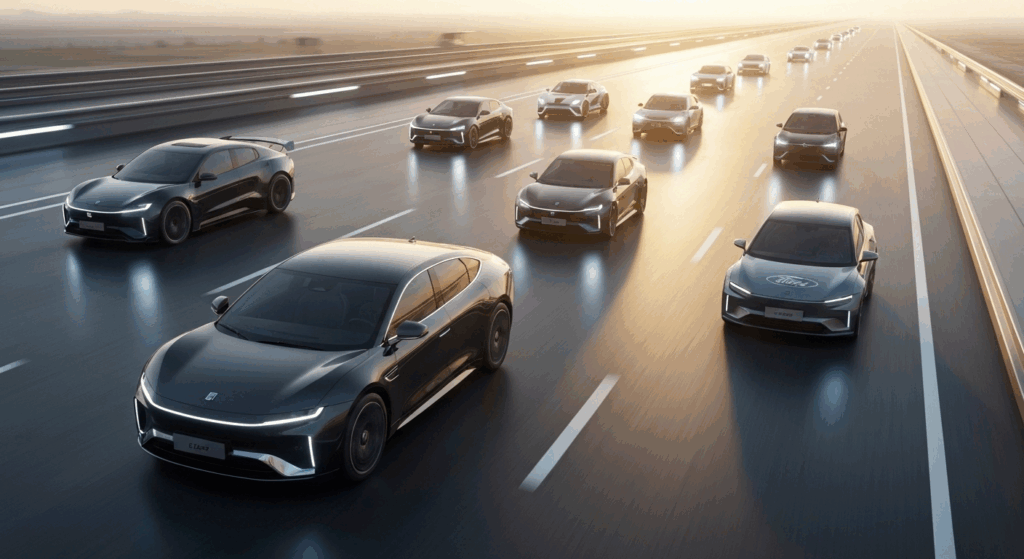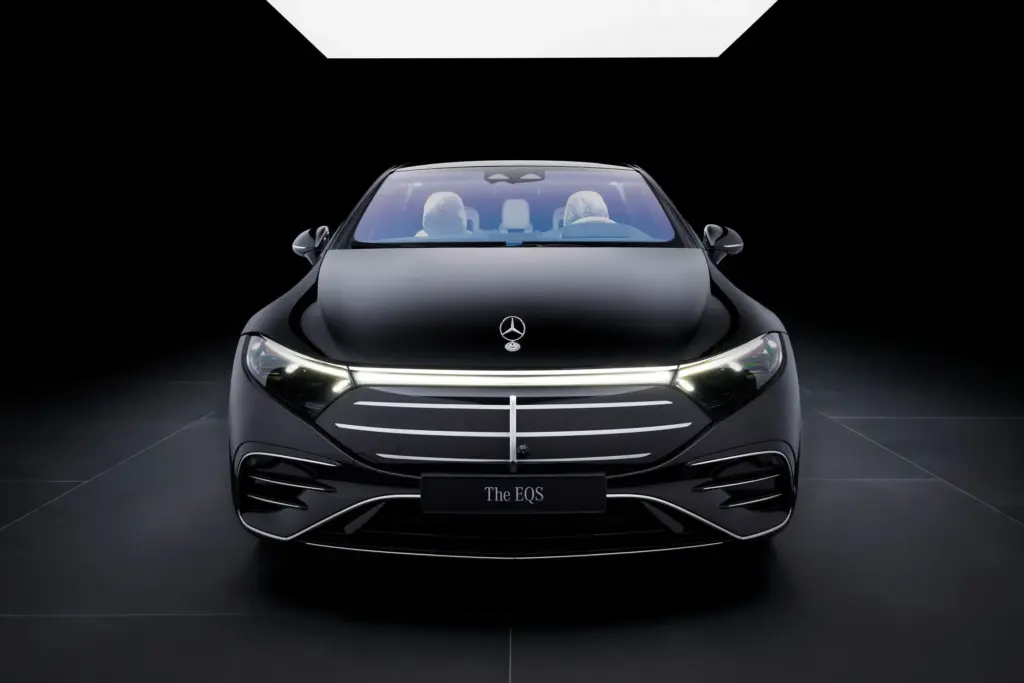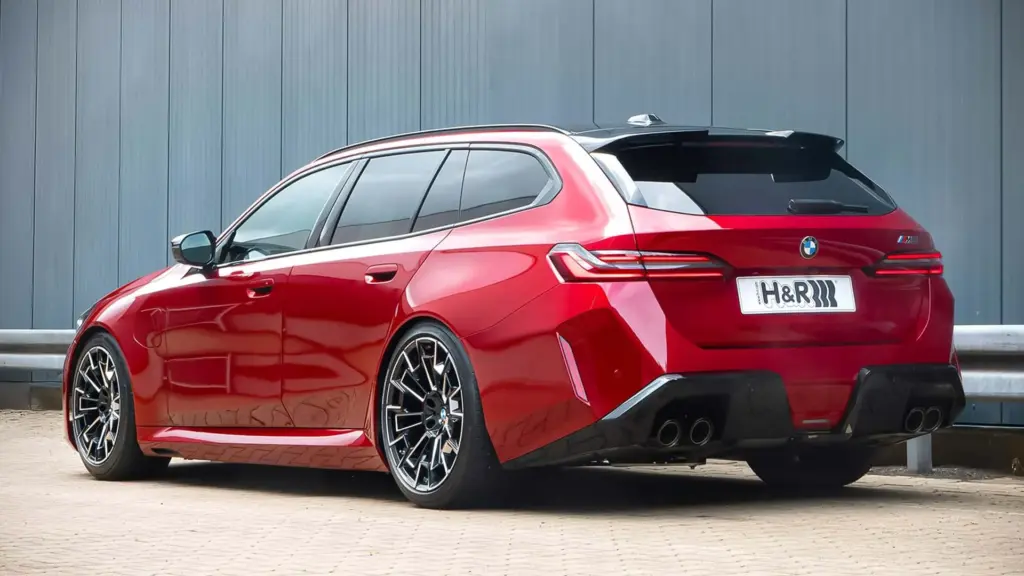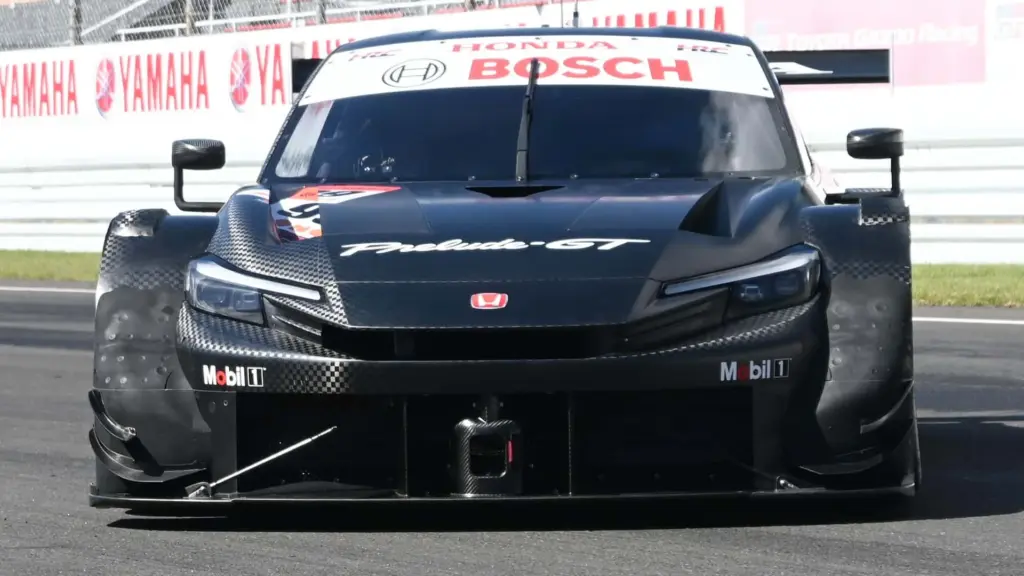If you look at BMW’s huge grille and say, “Wow, what the heck is that?”, relax: there’s a method behind the chaos. The brand hasn’t lost its mind; they wanted to visually separate their coupes from the rest of the lineup and make some noise (a lot of noise).
Where does BMW’s huge grille come from and why does it exist?
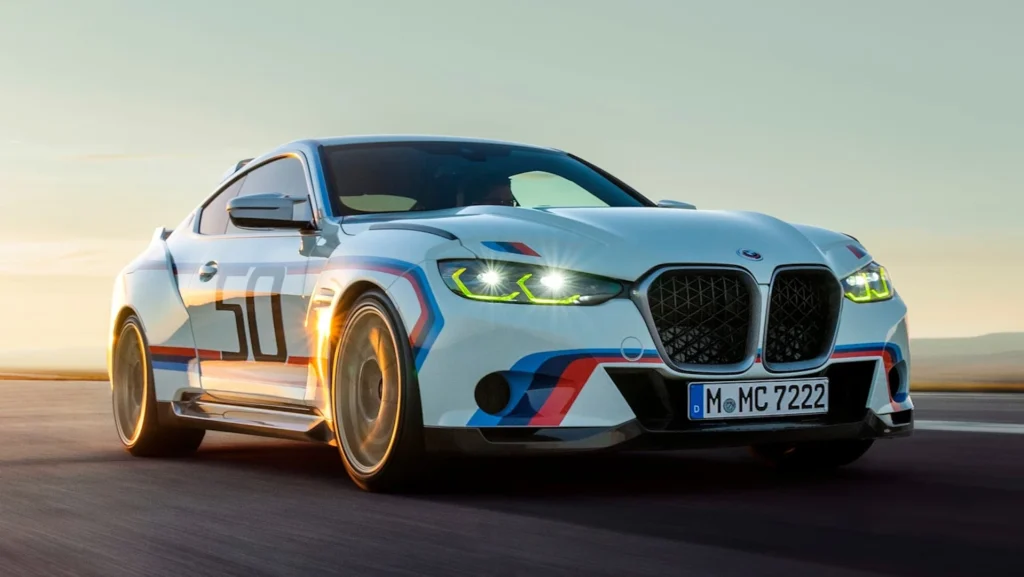
The spark came from a radical concept: the 3.0 CSL Hommage / Hommage R — a modern reinterpretation of the classic racing car with bold proportions and an almost iconic front end. It showcased a verticalized interpretation of the kidney grilles, which later migrated into production as a signature differentiating sedans and coupes of the brand.
The essence is simple and direct: highlight the 4 Series (and its derivatives) from the 3 Series, amplifying identity and presence. If you want to see where this “statement” look originated, it’s worth revisiting the 3.0 CSL Hommage that sparked it all.
Did the 3.0 CSL Hommage R really set the tone for the 4 Series front end?
Yes — and the second-generation 4 Series (codenamed G22) was the stage. It featured elongated, vertical kidney grilles, sleeker headlights, and surfaces with more tension. The goal was to create a visual distance from the 3 Series and give the coupes a distinctive “nose.” Product reviews reinforce that BMW aimed for boldness and global conversation — agree or not, the grille became a worldwide topic. For a reference set for the 4 Series design and handling, check out this resource: Car and Driver – BMW 4-Series.
At the top of the lineup is the M4, which adopted the new look and delivered what matters most: raw performance. Want the story and reasons behind the most loved and hated sports coupe? Read the story of the BMW M4 and see how the grille became a backdrop when you press the accelerator pedal.
Does it work in the real world? What about aerodynamics and cooling?
Contrary to what many imagine, the grille isn’t just for looks. The front assembly was designed to manage airflow and engine temperature for turbocharged engines and auxiliary systems (oil, intercoolers, brakes). For example, the M4 Competition has active ducts and covered areas when airflow isn’t needed — efficiency first. For performance numbers and fine-tuning details, see the data on the M4 Competition 2025, which already pushes beyond 520 horsepower.

If you’re into the “how” besides the “what,” take note: the larger intake openings allow radiators and coolers sized for track days in hot weather, and the vertical shape creates a pressure column that feeds heat exchangers without overheating adjacent components. It’s not decoration — it’s engineering with a bold face.
Sales, perception, and brand risk: was it really a smart move?
BMW firmly stated that the gamble paid off with “strong sales,” and if you follow product reports and pipeline updates, you see the bold language expanded from coupes to SUVs and EVs, establishing a new “visual dialect” for the brand. For the rationale behind the design released by the company upon the coupe’s launch, check out: BMW Group Press – 4 Series Coupe.
In branding, being bold has a cost—and noise. But noise sells. The iX, for example, adopted a “statement” front and became a tech desire object — see why the BMW iX 2026 won over enthusiasts despite its controversial nose. When the product delivers, people forget the controversy and remember the torque.
Which rivals adopted bold noses, and what did we learn?
BMW isn’t alone in this. Lexus has the “spindle grille,” Audi elongated the Singleframe, and many brands have moved sensors and radars behind large front panels. In coupes and GTs, the “sculptural nose” creates presence and handles integration of ADAS, cameras, and lidar — combining aesthetics and function seamlessly. Want a feast of conceptual design with fine execution? The BMW Skytop shows the brand’s premium design direction.
Hard and honest lesson: provoking demands technical consistency. If the dynamics and powertrain don’t match, it becomes a meme. If they do, it becomes a signature. And the 4 Series/M4 definitely do — and how.
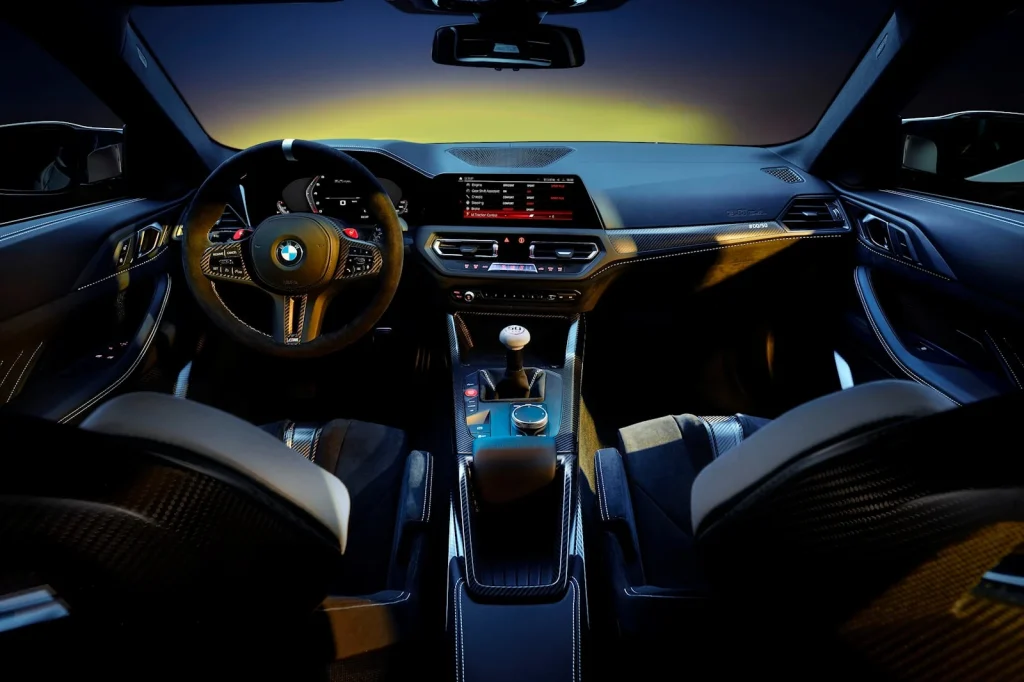
Quick specs (Current 4 Series/M4)
- 430i: 2.0 turbo, ~255 hp, 400 lb-ft
- M440i: 3.0 turbo, ~382 hp, 500 lb-ft
- M4: 3.0 biturbo (S58), 473 hp, 550 lb-ft
- M4 Competition: 503–523 hp, 650 lb-ft
- Transmissions: manual (some markets) or automatic
- Drivetrain: rear-wheel drive or xDrive (all-wheel drive variant)
Quick comparison vs. direct rivals
- Design: BMW is the boldest
- Power: M4 leads the pack
- Chassis: exemplary stiffness
- Interior: driver-focused
- ADAS: extensive frontal integration
- Identity: grille has become icon
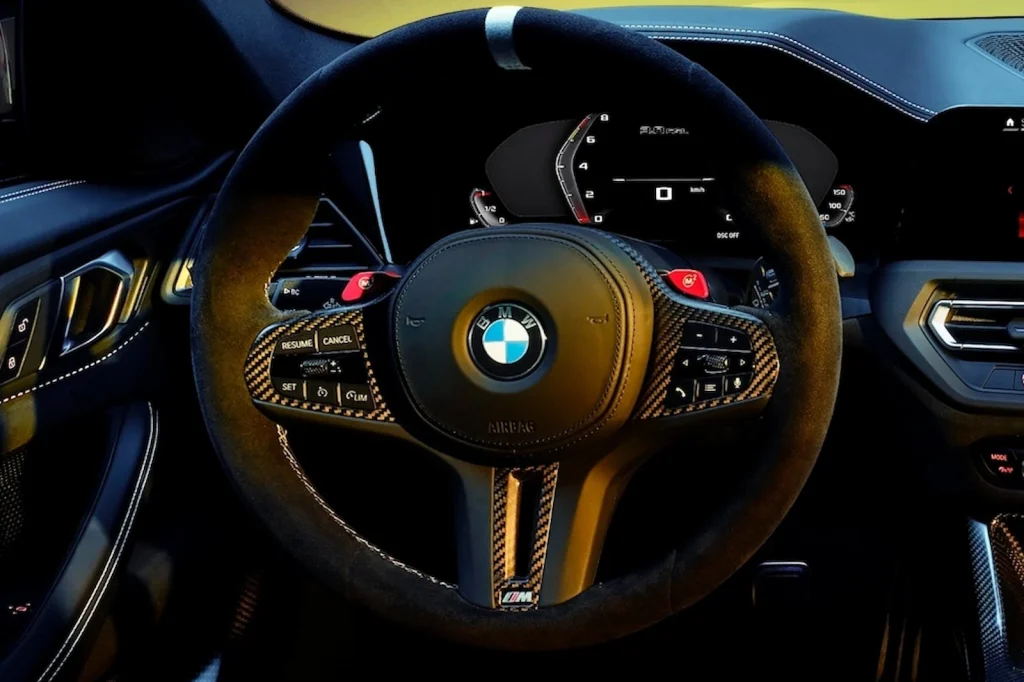
FAQ — Questions you might ask (and I answer)
- Is the grille fully vented? Not entirely. Some parts are covered for aerodynamics and only open when the cooling system needs it.
- Can I “shrink” the grille with aftermarket parts? There are kits and wraps available, but they may affect cooling and sensors. Think twice.
- Does this worsen the aerodynamic coefficient? The CX depends on the overall set. BMW uses active shutters to optimize airflow and reduce drag whenever possible.
- Does it impact insurance or maintenance costs? Front sets with sensors can increase repair costs, which is common in modern premium vehicles.
- Will the look last as a design language? As long as it continues differentiating and housing technology, yes. The design evolves, but the idea stays.
My straightforward view: the giant grille is controversial, but consistent with the strategy to separate the 3 Series and 4 Series and to create a “face” capable of supporting intense cooling, sensors, and active aerodynamics. You don’t have to love the aesthetics to recognize that, on the track and road, the M4 delivers a punch — it’s so strong that when the car is fantastic, the discussion becomes a trivial detail.
Liked it or want to roast it on Twitter? Leave your comment: would you buy a BMW with that huge grille or steer clear?

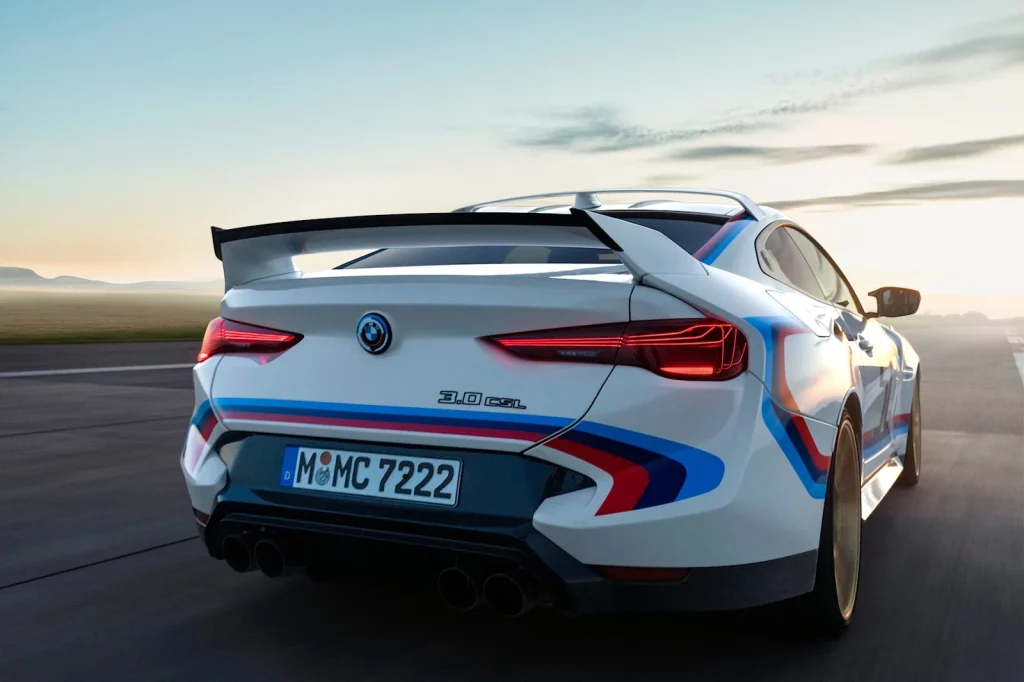



Author: Fabio Isidoro
Founder and editor-in-chief of Canal Carro, he dedicates himself to exploring the automotive universe with depth and passion. A car and technology enthusiast, he produces technical content and in-depth analyses of national and international vehicles, combining quality information with a critical eye for the public.

